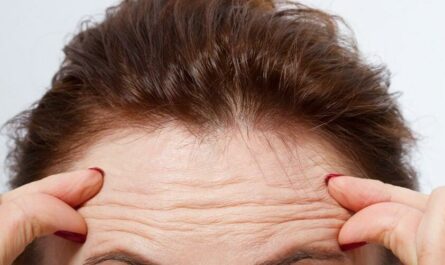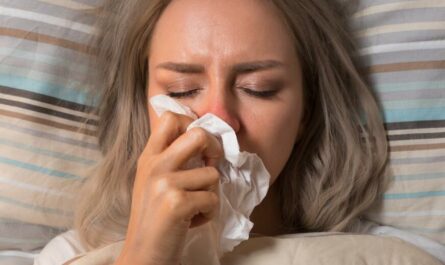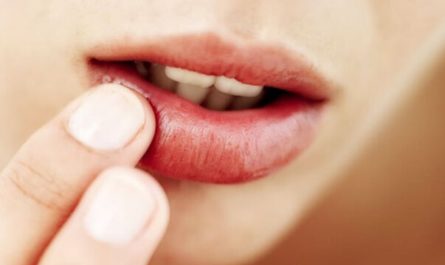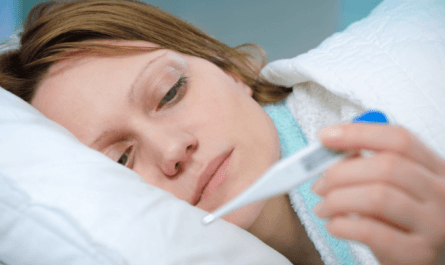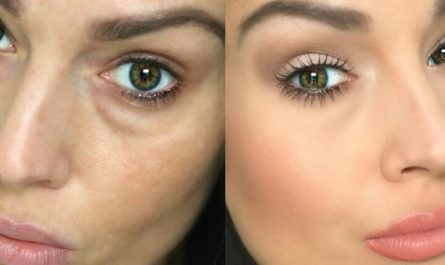Have you ever experienced the frustration of dealing with pimple breakouts that seem to come and go every few days? It’s a common skin concern that can leave you feeling self-conscious and wondering what’s causing these recurring blemishes. In this article, we’ll dive into the potential reasons behind these cyclical breakouts and provide practical tips to help you achieve clearer, healthier skin.
Understanding Breakouts with Pimples
Breakouts with pimples, also known as acne vulgaris, are a common skin condition. Acne vulgaris develops when hair follicles become clogged with oil and dead skin cells. This clogging creates an ideal environment for the growth of bacteria. These bacteria can lead to the inflammation and formation of pimples.
Breakouts with pimples are usually characterized by the formation of pimples, blackheads, whiteheads, and sometimes cysts. These blemishes typically occur on the face, chest, back, and shoulders.
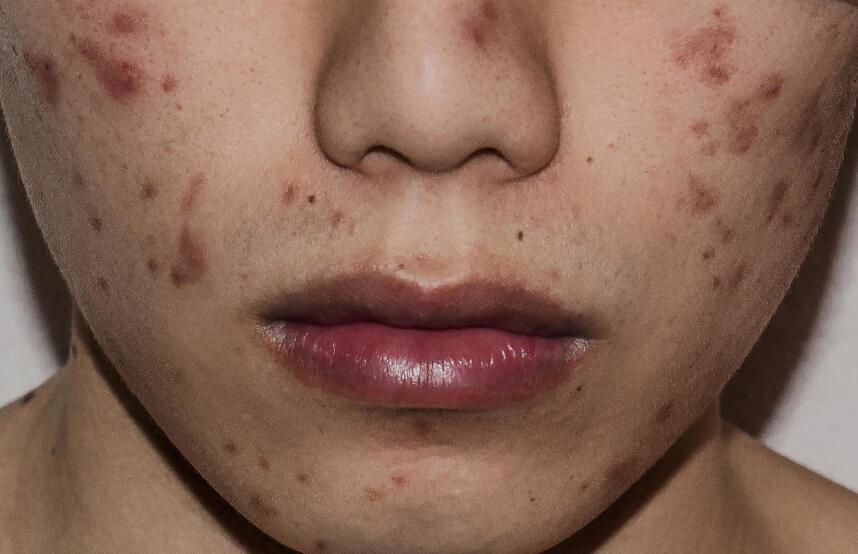
Common Causes of Breakouts with Pimples
Several factors contribute to the development of breakouts with pimples. Let’s explore each of these causes in more detail:
1. Hormonal Fluctuations
Hormonal changes play a significant role in the development of breakouts with pimples, particularly during puberty. Increased levels of androgen hormones can stimulate the sebaceous glands to produce more sebum (oil).
Excess sebum can clog the pores, leading to the formation of pimples. Hormonal fluctuations can also occur during menstrual cycles, pregnancy, or menopause.
2. Excessive Sebum Production
Excessive sebum production can occur due to genetic factors or hormonal imbalances. When the sebaceous glands produce an excess amount of sebum, it can mix with dead skin cells, bacteria, and other impurities. This will lead to clogged pores and the formation of pimples.
3. Clogged Pores and Dead Skin Cell Buildup
When dead skin cells are not effectively shed from the skin’s surface, they can accumulate and mix with sebum, leading to the formation of comedones (clogged pores).
Comedones can be open (blackheads) or closed (whiteheads). If bacteria infect the clogged pores, it can lead to inflammation and the development of pimples.
4. Bacterial Infections
The presence of certain bacteria, such as Propionibacterium acnes, on the skin can contribute to breakouts with pimples. These bacteria can multiply in clogged pores, causing inflammation and the formation of swollen pimples.
5. Environmental Factors
Environmental factors can also contribute to breakouts with pimples. Exposure to pollution, dirt, and irritants can clog pores and lead to breakouts. Humidity and excessive sweating can also contribute to the formation of pimples.
6. Dietary Factors
While the relationship between diet and breakouts is complex and varies for each individual, certain dietary factors may contribute to the development of pimples.
Consuming a diet high in processed foods, sugary snacks, and dairy products has been associated with an increased risk of breakouts in some individuals.
7. Stress and Emotional Factors
Stress can have a significant impact on our skin health. When we experience stress, our bodies release stress hormones, such as cortisol, which can stimulate the sebaceous glands to produce more oil.
This excess oil can contribute to clogged pores and breakouts. Additionally, stress can impair the skin’s barrier function. This makes it more susceptible to inflammation and acne development.
8. Medications and Hormonal Imbalances
Certain medications, such as corticosteroids, anticonvulsants, or hormonal treatments, can disrupt the hormonal balance in the body and contribute to breakouts. For example, some birth control methods that contain progestin hormones may cause an increase in sebum production, leading to acne breakouts.
9. Genetics
Genetic factors can also play a role in the development of breakouts with pimples. If you have a family history of acne, you may be more prone to experiencing breakouts yourself.
Genetic factors can influence sebum production, inflammatory responses, and the skin’s overall sensitivity. This makes some individuals more susceptible to breakouts.
10. Skincare and Makeup Products
The products we use on our skin can sometimes contribute to breakouts. Certain skincare and makeup products, especially those that are comedogenic (pore-clogging), can block the pores and lead to the development of pimples. It is important to choose non-comedogenic products and avoid heavy, oil-based cosmetics if you are prone to breakouts.
11. Sleep Deprivation
Lack of quality sleep can affect various aspects of your health, including your skin. During sleep, the body repairs and rejuvenates itself, including the skin. Poor sleep quality or inadequate sleep can disrupt this process, leading to increased inflammation and breakouts.
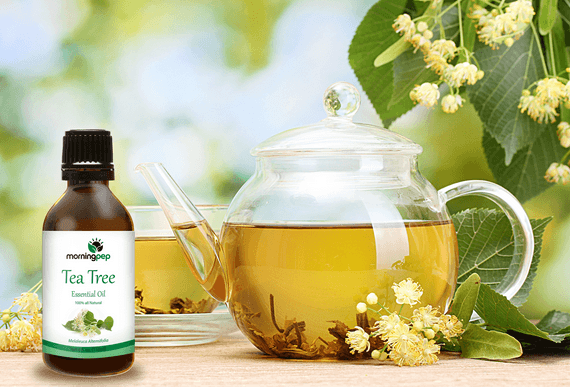
12 Natural Remedies for Breakouts with Pimples
Certainly! Here’s an expanded version of the natural remedies for breakouts with pimples, including more information on why they work and step-by-step guides on how to use them:
1. Tea Tree Oil
Tea tree oil is derived from the leaves of the Melaleuca alternifolia tree and has been used for its medicinal properties for centuries. It contains natural compounds that have antimicrobial and anti-inflammatory effects. This makes it effective in treating breakouts with pimples.
- Dilute tea tree oil with a carrier oil, such as jojoba oil, in a 1:10 ratio.
- Cleanse your face and pat it dry.
- Dip a cotton swab into the diluted tea tree oil mixture.
- Gently apply the mixture to the affected areas.
- Leave it on overnight and rinse it off in the morning with water.
- Repeat this process daily until your breakouts improve.
2. Aloe Vera
Aloe vera is a succulent plant known for its soothing and healing properties. It contains antioxidants, enzymes, and vitamins that help reduce inflammation and promote skin repair. In addition, Aloe vera soothes irritated skin, reduces redness, and accelerates the healing process.
- Extract fresh aloe vera gel from an aloe vera leaf.
- Cleanse your face and pat it dry.
- Apply a thin layer of the aloe vera gel directly to the affected areas.
- Leave it on for 20-30 minutes.
- Rinse it off with water and gently pat your skin dry.
- Repeat this process 2-3 times a week for best results.
3. Green Tea
Green tea is rich in antioxidants called catechins, which have antimicrobial and anti-inflammatory properties. It helps fight acne-causing bacteria and reduces inflammation.
- Brew a cup of green tea and let it cool.
- Cleanse your face and pat it dry.
- Dip a cotton ball into the cooled green tea.
- Gently apply the green tea-infused cotton ball to the affected areas or use it as a facial toner, applying it to your entire face.
- Leave it on for 10-15 minutes.
- Rinse it off with water and pat your skin dry.
- Repeat this process 2-3 times a week or as needed.
4. Honey
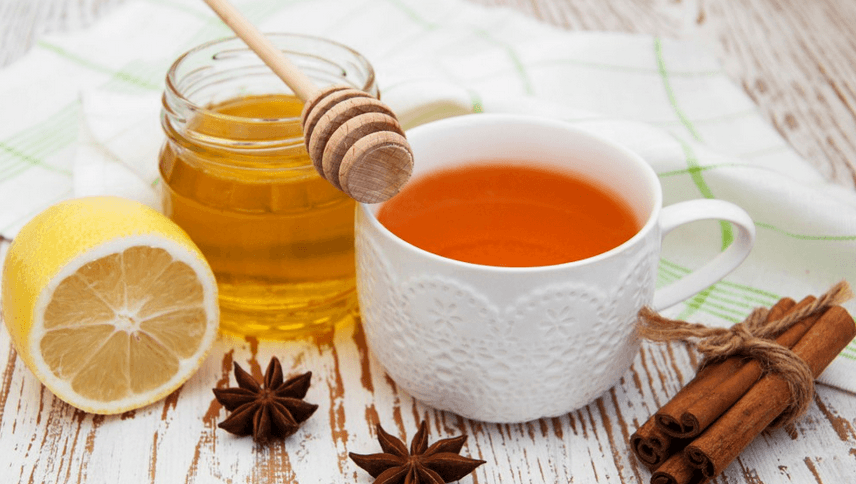
Honey has natural antimicrobial properties and is also a humectant, meaning it helps retain moisture in the skin. It can help kill bacteria, reduce inflammation, and promote wound healing.
- Cleanse your face and pat it dry.
- Apply a thin layer of raw honey directly to the affected areas.
- Leave it on for 10-15 minutes.
- Rinse it off with lukewarm water and pat your skin dry.
- Repeat this process 2-3 times a week for best results.
5. Apple Cider Vinegar
Apple cider vinegar is known for its antimicrobial and exfoliating properties. It helps unclog pores, balance the skin’s pH level, and reduce inflammation.
- Dilute apple cider vinegar with water in a 1:3 ratio.
- Cleanse your face and pat it dry.
- Dip a cotton ball into the diluted apple cider vinegar mixture.
- Gently apply the mixture to the affected areas.
- Leave it on for 5-10 minutes.
- Rinse it off with water and pat your skin dry.
- Repeat this process once a day or as needed, gradually increasing the concentration of apple cider vinegar if your skin tolerates it.
6. Turmeric
Turmeric contains a compound called curcumin, which has anti-inflammatory and antimicrobial properties. It helps reduce redness, swelling, and the appearance of acne.
- Mix 1 teaspoon of turmeric powder with enough water or honey to form a paste.
- Cleanse your face and pat it dry.
- Apply the turmeric paste to the affected areas.
- Leave it on for 15-20 minutes.
- Rinse it off with lukewarm water and pat your skin dry.
- Repeat this process 2-3 times a week or as needed. Be cautious as turmeric can temporarily stain the skin yellow.
7. Lemon Juice
Lemon juice contains citric acid, which acts as a natural exfoliant and has antibacterial properties. It helps to unclog pores, fade acne scars, and even out skin tone.
- Squeeze fresh lemon juice into a bowl.
- Cleanse your face and pat it dry.
- Dilute the lemon juice with an equal amount of water to reduce its acidity and prevent skin irritation.
- Using a cotton ball, apply the diluted lemon juice to the affected areas.
- Leave it on for 10-15 minutes.
- Rinse it off with water and pat your skin dry.
- Apply a moisturizer afterward, as lemon juice can be drying.
- Repeat this process 1-2 times a week, gradually increasing the exposure time if your skin tolerates it.
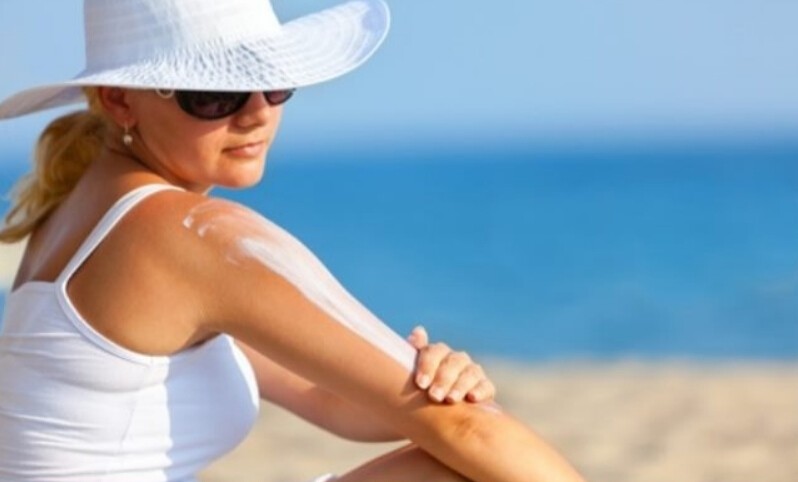
8. Witch Hazel
Witch hazel is a natural astringent derived from the leaves and bark of the witch hazel shrub. It helps to tighten the skin, reduce inflammation, and control excess oil production.
- Cleanse your face and pat it dry.
- Pour witch hazel onto a cotton pad.
- Gently apply the witch hazel-soaked cotton pad to the affected areas.
- Leave it on for 10-15 minutes.
- Rinse it off with water and pat your skin dry.
- Repeat this process twice a day, after cleansing your face, as part of your skincare routine.
9. Coconut Oil
Coconut oil is a natural moisturizer with antimicrobial properties. It helps to soothe and heal breakouts, while also preventing excessive dryness.
- Choose organic, virgin coconut oil.
- Cleanse your face and pat it dry.
- Take a small amount of coconut oil and gently massage it into the affected areas.
- Leave it on overnight.
- In the morning, rinse it off with water and cleanse your face as usual.
- Repeat this process every night or as needed.
10. Oatmeal
Oatmeal has anti-inflammatory properties that can soothe irritated and inflamed skin. It also absorbs excess oil and exfoliates dead skin cells.
- Cook plain oatmeal according to the package instructions and let it cool.
- Cleanse your face and pat it dry.
- Apply the cooled oatmeal to the affected areas.
- Leave it on for 15-20 minutes.
- Rinse it off with water and pat your skin dry.
- Repeat this process once or twice a week to help calm breakouts and reduce redness.
11. Cucumber
Cucumber has a cooling and soothing effect on the skin. It helps to reduce redness, inflammation, and swelling associated with breakouts.
- Slice a cucumber into thin slices.
- Cleanse your face and pat it dry.
- Place the cucumber slices directly on the affected areas.
- Leave them on for 10-15 minutes.
- Remove the cucumber slices and rinse your skin with water.
- Repeat this process as needed.
12. Baking Soda
Baking soda has natural exfoliating properties that can help remove dead skin cells, unclog pores, and regulate the skin’s pH level.
- Mix 1-2 teaspoons of baking soda with enough water to form a paste.
- Cleanse your face and pat it dry.
- Gently massage the baking soda paste onto the affected areas in circular motions.
- Leave it on for 5-10 minutes.
- Rinse it off with water and pat your skin dry.
- Repeat this process once a week or as needed, but avoid using it if you have sensitive skin.
Note: It’s important to remember that natural remedies may not work for everyone and can cause irritation or allergic reactions in some individuals.
It’s recommended to perform a patch test on a small area of skin before applying any remedy to your entire face. If you experience any adverse reactions, discontinue use and consult with a dermatologist for further guidance.
When to Seek Medical Attention?
While most breakouts with pimples can be managed with proper skin care and lifestyle changes, there are instances where medical attention may be necessary. If breakouts are severe, persistent, or accompanied by other concerning symptoms, it is advisable to consult a dermatologist.
It is particularly important to seek medical attention if you experience any of the following:
- Severe or cystic breakouts that are painful and inflamed.
- Breakouts that cover a large area of your face or body.
- Breakouts that do not respond to over-the-counter treatments.
- The Breakouts are accompanied by fever or other systemic symptoms.
- Breakouts that leave behind deep scars or pigmentation.

